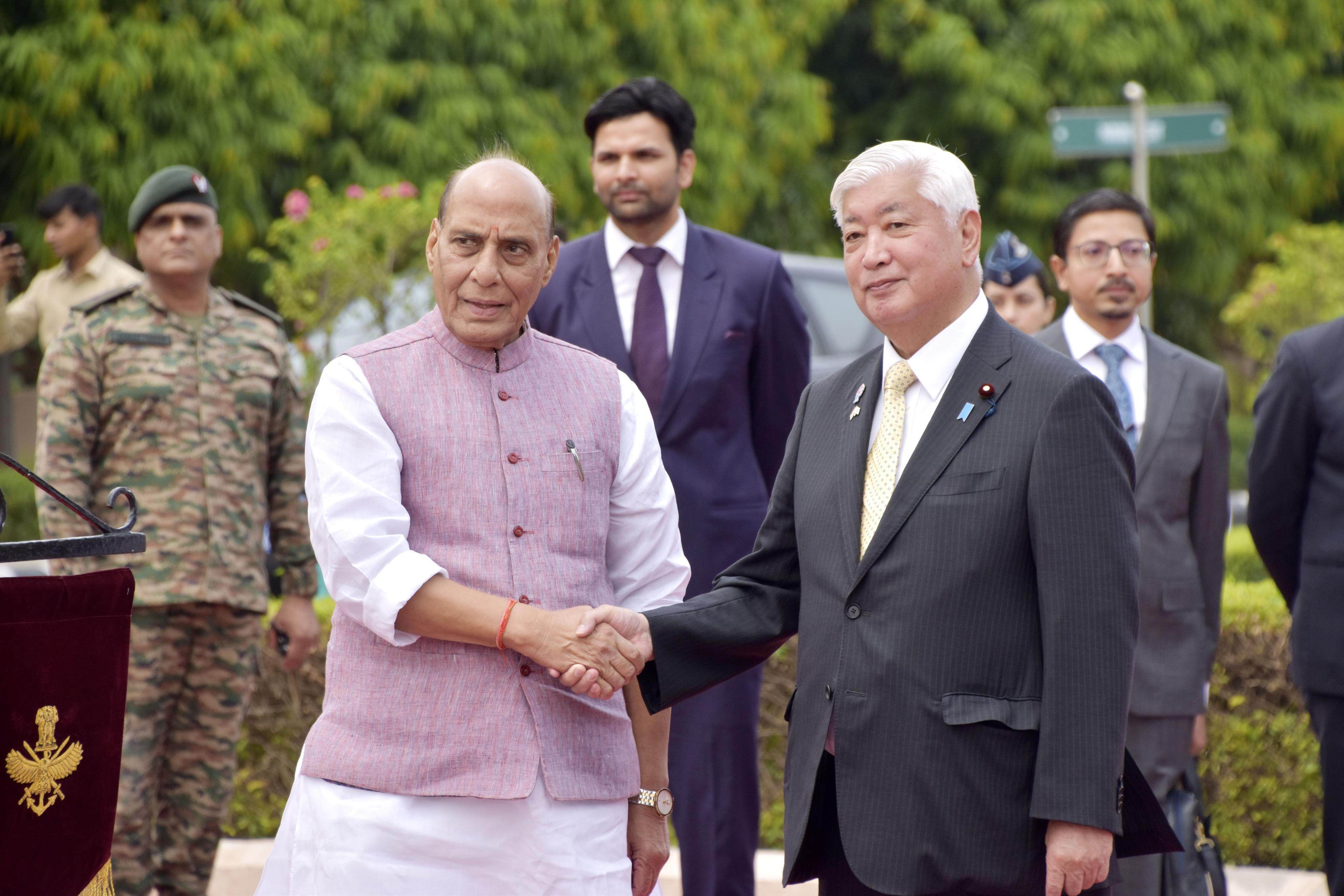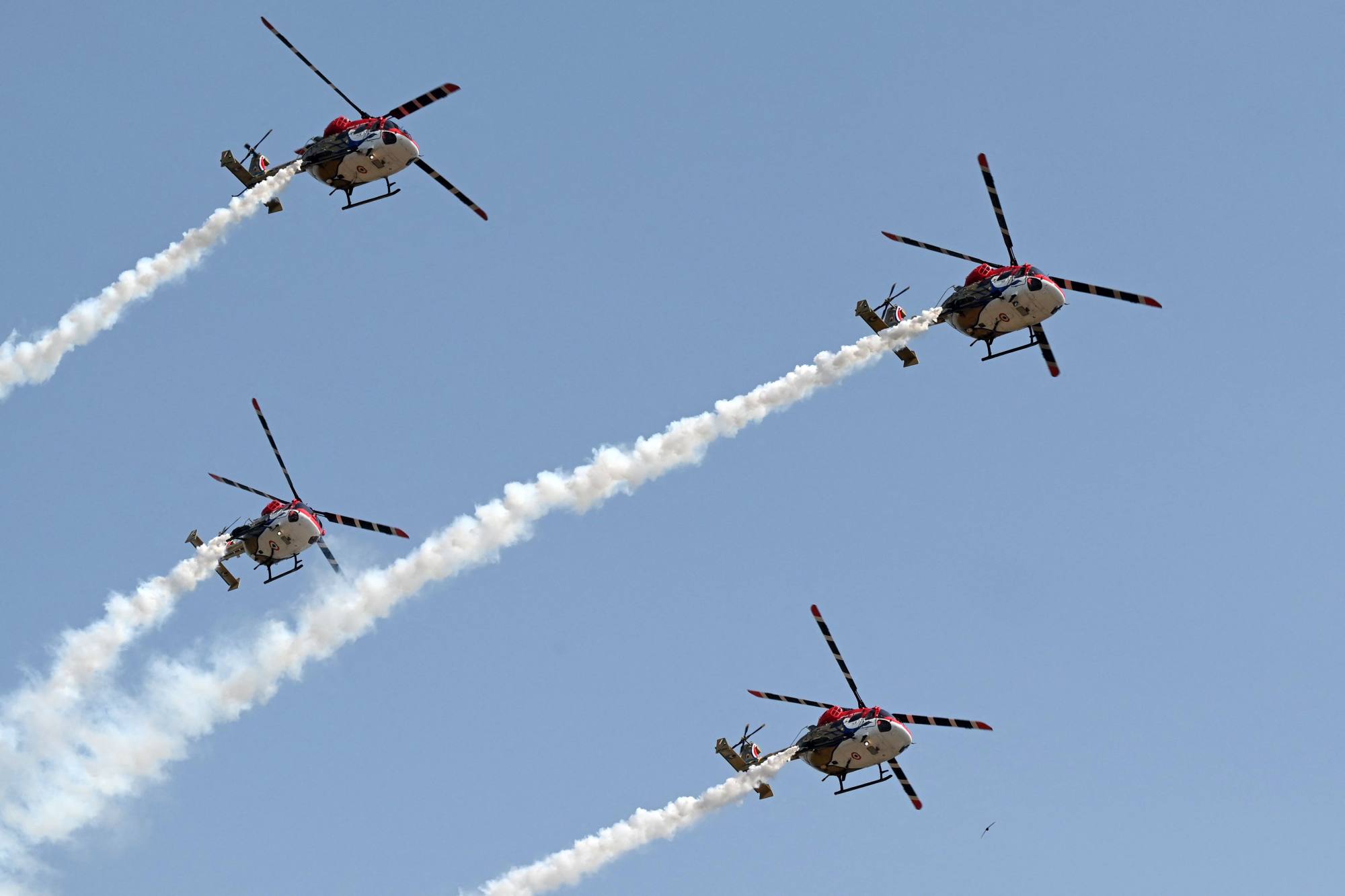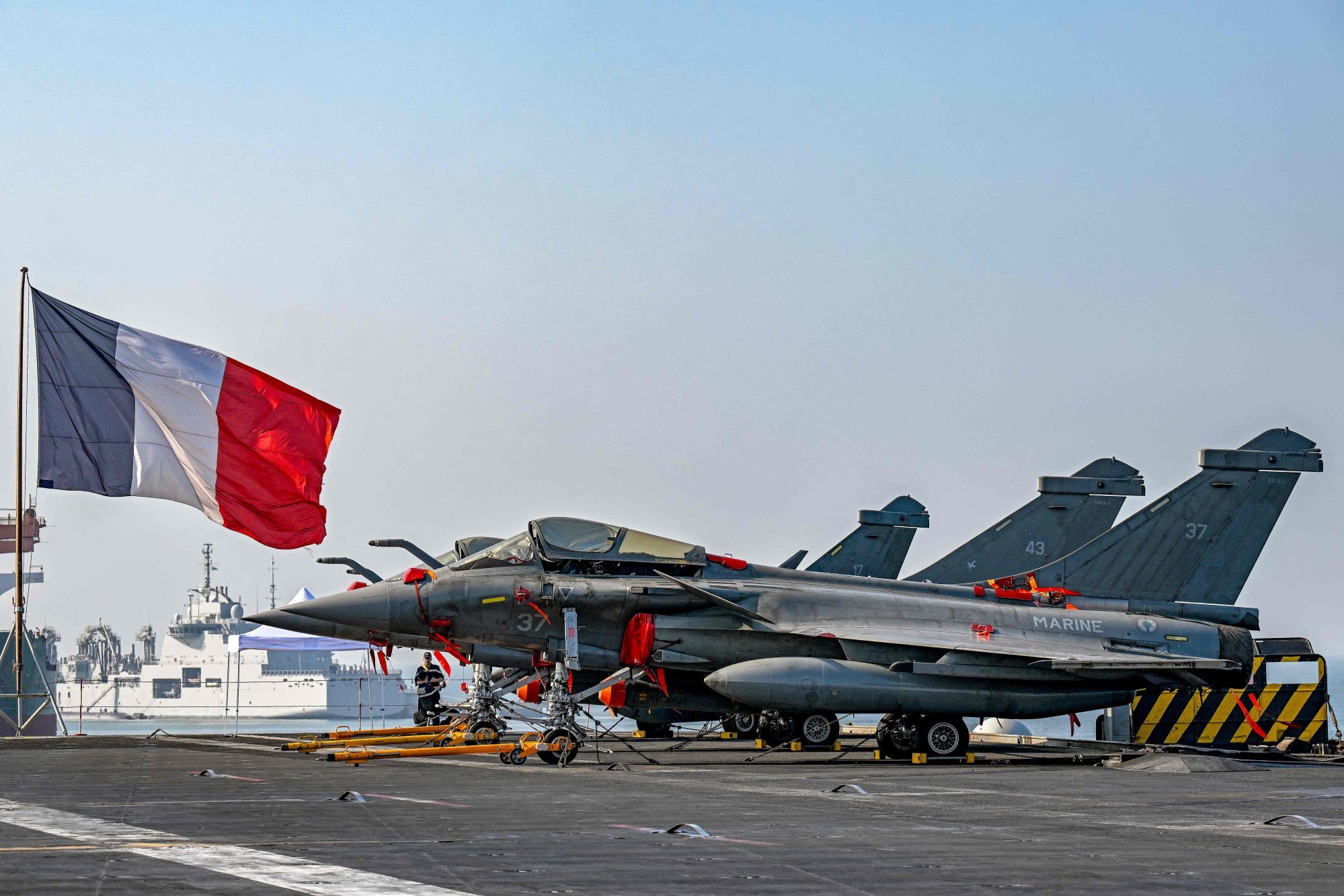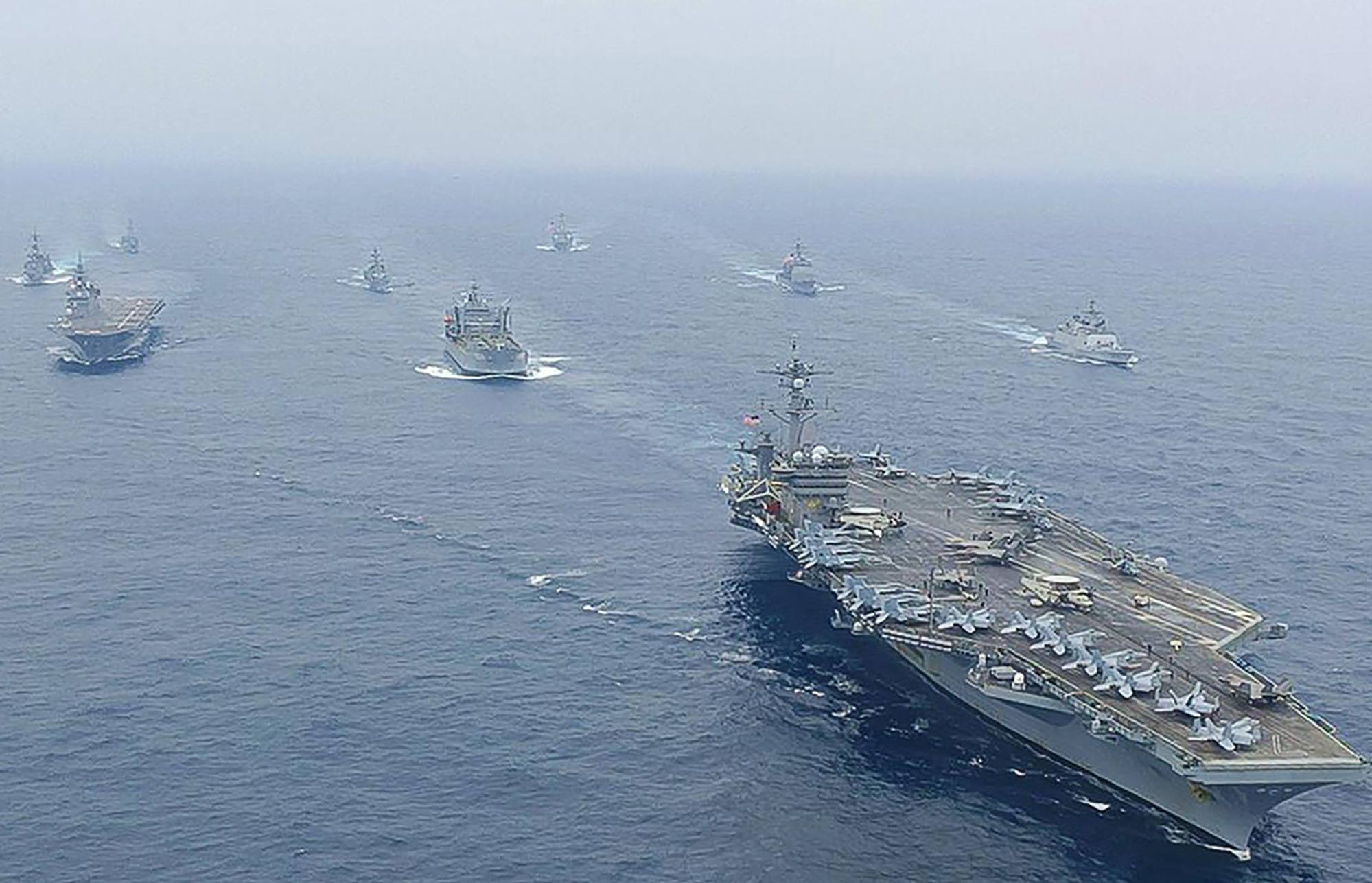India seeks deeper defence ties with Japan amid push for strategic self-reliance
Japan can play a critical role in helping India respond to security threats, as New Delhi looks to broaden weapons procurement, analysts note

India is seeking to deepen defence cooperation with Japan as both nations pursue military modernisation and aim to reduce dependence on traditional arms suppliers – a strategic alignment analysts say reflects shared regional concerns and a growing appetite for co-developing advanced technologies.
Earlier this month, both countries agreed to set up a new bilateral defence consultation framework, with Japanese media reporting that Tokyo had offered to help India develop fighter jets and tanks, including through potential exports of engines and other key components.
The timing of the initiative comes as India reassesses its defence priorities following its most serious military confrontation with Pakistan in two decades – a crisis sparked by a deadly attack in Indian-administered Kashmir that killed 26 tourists on April 22.
New Delhi blamed the assault on Islamabad and responded with missile strikes on what it described as “terrorist camps” in Pakistan and Pakistan-administered Kashmir, prompting retaliatory attacks and bringing the two nuclear-armed neighbours to the brink of full-scale war.
The stand-off ended in a fragile ceasefire over the weekend but has intensified calls within India for greater security self-reliance and enhanced deterrence capabilities.
Although Japan is unlikely to be directly involved in any future hostilities between India and Pakistan, it could play a critical role in helping India prevent and respond to security threats, according to Dattesh Parulekar, assistant professor at Goa University’s School of International and Area Studies.
“Japan definitely has experience in dealing with terrorism. It can definitely help India in terms of capacity building and intelligence gathering,” Parulekar said, referring to the April 22 attack.
Defence ties between India and Japan are also potentially at an inflection point because both nations have embarked on military modernisation and are looking at developing solutions to reduce their dependency on other nations, according to Parulekar.
India and Japan are both members of the Quadrilateral Security Dialogue – an informal grouping that aims to provide a free, stable and prosperous Indo-Pacific region – which also has the United States and Australia as members.
Japan has reportedly approached India for developing a next-generation fighter aircraft that it is currently pursuing with Britain and Italy. India has been moving ahead with development of a fifth-generation fighter jet – the Advanced Medium Combat Aircraft – on its own.
Last November, the two countries signed an initial agreement for co-development of “UNICORN”, a surveillance system mounted atop warships that is capable of detecting even elusive objects such as stealth aircraft, making India one of the few countries to receive such technology from Japan.

According to Parulekar, previous efforts to synergise cooperation in defence manufacturing have stumbled on the issue of technology transfer that Delhi wants from partners, while questions about safeguarding intellectual property may have clouded negotiations.
The two countries have tried to significantly engage with each other and in 2016 even signed a civil nuclear cooperation agreement, although there have been little concrete outcomes, analysts note.
Defence relations between the two nations may, however, have turned a corner. India’s Defence Minister Rajnath Singh earlier this month highlighted cooperation could extend to not only tanks and aircraft but also other areas such as repair, maintenance and overhaul.
Srabani Roy Chowdhury, professor at the Jawaharlal Nehru University, said Japan had been keen on deepening its defence ties with India for about a decade, but its efforts suffered a setback after a proposed sale of a multipurpose ShinMaywa US-2i aircraft in 2018 to Delhi did not materialise.
India had preferred to strengthen military ties with Western partners such as France, from which it bought dozens of Rafale fighter aircraft. These were fielded together with Russian and domestically produced military hardware against Pakistan’s arsenal of Chinese-made and jointly developed weapons in the recent conflict.

Analysts say the conflict may prompt India to broaden its procurement to expand its arsenal of high technology weapons systems.
“Japan would probably go forward in making an inroad to supply to India or getting into joint ventures with India, especially in respect of digitalisation,” Chowdhury said.
Delhi could also opt to go beyond France in looking for more defence partners, she said, noting that India had robust diplomatic ties with Japan and had been one of the largest recipients of Japanese aid, while Tokyo was generally sensitive to Indian security concerns.
Japan was also keen on merging Indian software capabilities with its own hardware expertise to develop defence technologies and equipment, she added.
Both countries had already set up several working committees to create synergies in a number of areas for civilian use industrial applications, and also conducted joint exercises with the army, navy and air force. Such moves naturally created more trust, Chowdhury said.

Stronger Quad
The cooperation between the nations is likely to extend to the Quad to counter China’s growing weapons technology development and influence in the Indo-Pacific region.
The Quad is an informal grouping, but experts believe that it will start focusing on mutual defence.
“India and Japan’s cooperation on joint development of fighter jets and tanks will strengthen the Quad. It reflects a shared commitment to counter China’s growing military presence in the Indo-Pacific,” said Chris Blackburn, a London-based international relations analyst.
“The Quad is steadily evolving towards a Nato-style framework for defence.”
Blackburn added that India wanted Quad partners to treat its internal security challenges – especially those linked to Pakistan – with greater seriousness.
The Quad is due to hold a meeting in Delhi in September this year.
“With the Quad meeting coming up this autumn in India, I expect this kind of bilateral cooperation to grow within the overall anti-China framework led by the US,” said Uday Chandra, an assistant professor of government at Georgetown University.
“Overall, I see US allies in Asia bandwagoning, but multipolarity may limit cooperation to defence.”